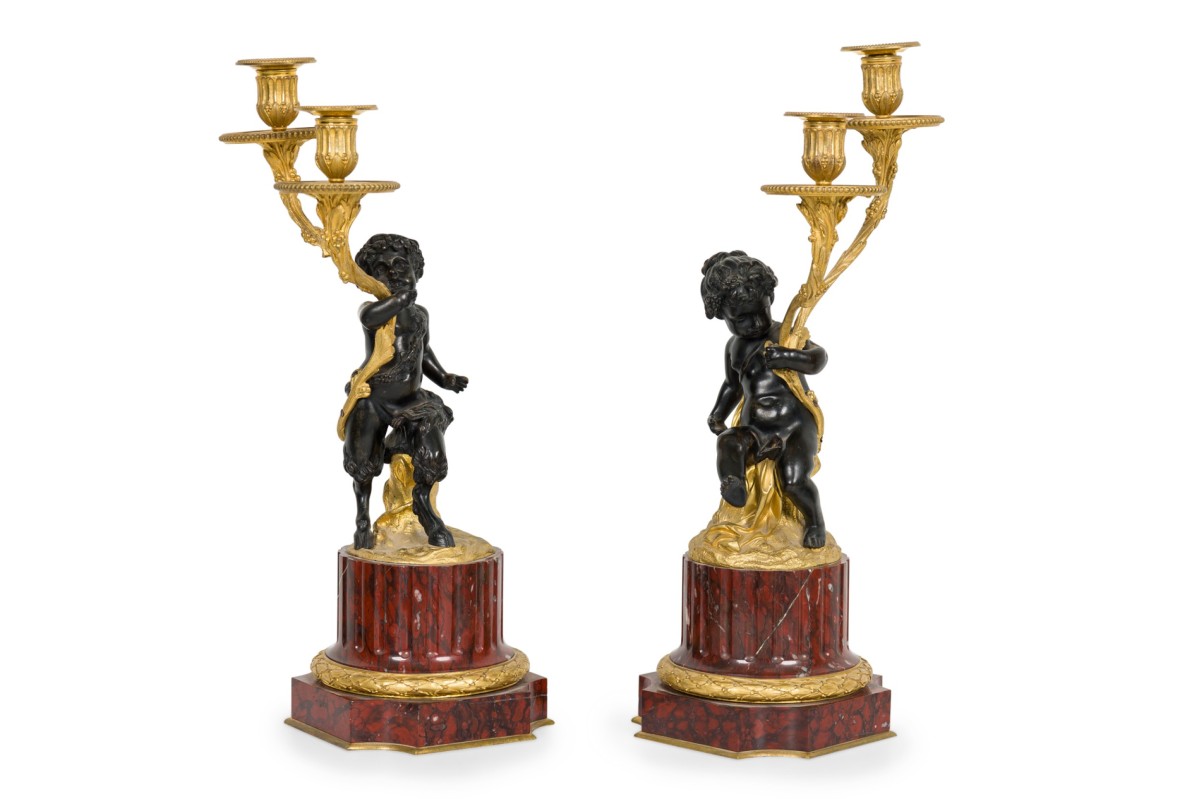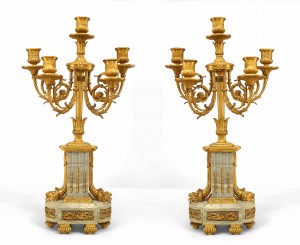X
{{ modalTitle }}
PLEASE FILL IN THE REQUIRED FIELDS.X
X
{{ modalTitle }}
Choose one of the options below.X
ITEM SUCCESSFULLY
ADDED TO PROJECT
Pair of French XVI Bronze Dore Monkey Candlesticks
 French
French Louis XVI
Louis XVI Accessories/Décor/Bric-a-Brac, Dining Room
Accessories/Décor/Bric-a-Brac, Dining Room Candelabras/Candle Holders, Candle Holders, Candle Holders/Centerpieces
Candelabras/Candle Holders, Candle Holders, Candle Holders/Centerpieces
Newel Warehouse
32-00 Skillman Ave
Long Island City NY - 11101
 (212) 758-1970
(212) 758-1970
Pair of French XVI Bronze Dore Monkey Candlesticks

Newel Warehouse
32-00 Skillman Ave
Long Island City NY - 11101
 (212) 758-1970
(212) 758-1970
 Accessories/Décor/Bric-a-Brac, Dining Room
Accessories/Décor/Bric-a-Brac, Dining Room Candelabras/Candle Holders, Candle Holders, Candle Holders/Centerpieces
Candelabras/Candle Holders, Candle Holders, Candle Holders/CenterpiecesLouis XVI
King Louis-Auguste reigned in France between 1774 to 1793. The Louis XVI style was a return to classicism looking to Greek and Roman culture for inspiration. Characteristics of this style were architectural ornamentation, classic symmetry, geometric marquetry,decorative escutcheons, small mechanized elements, and the predominant use of mahogany with linear gilt bronze mounts that emphasized veneers. Decorative motifs such as garland swags, horns of plenty, vasiform shapes, olive leaves, and cone finials were common and often referencing historical styles.
Bronze doré
A French 18th and 19th Century gilding technique of applying an amalgam of fine, high-carat gold with mercury to copper, brass, or most commonly bronze objects. The bronze is exposed to high heat in a kiln burning off the mercury leaving a thin gold coat behind that is adhered to the metal. Commonly used by the craftsmen, Fondeurs-ciseleurs (founders and finishers), for decorative mounts in furniture, clocks, candelabras, and porcelain. Due to the health hazards of mercury, the technique waned into the late 19th Century and was replaced by electroplating.
Louis XVI
King Louis-Auguste reigned in France between 1774 to 1793. The Louis XVI style was a return to classicism looking to Greek and Roman culture for inspiration. Characteristics of this style were architectural ornamentation, classic symmetry, geometric marquetry,decorative escutcheons, small mechanized elements, and the predominant use of mahogany with linear gilt bronze mounts that emphasized veneers. Decorative motifs such as garland swags, horns of plenty, vasiform shapes, olive leaves, and cone finials were common and often referencing historical styles.
Bronze doré
A French 18th and 19th Century gilding technique of applying an amalgam of fine, high-carat gold with mercury to copper, brass, or most commonly bronze objects. The bronze is exposed to high heat in a kiln burning off the mercury leaving a thin gold coat behind that is adhered to the metal. Commonly used by the craftsmen, Fondeurs-ciseleurs (founders and finishers), for decorative mounts in furniture, clocks, candelabras, and porcelain. Due to the health hazards of mercury, the technique waned into the late 19th Century and was replaced by electroplating.
Louis XVI
King Louis-Auguste reigned in France between 1774 to 1793. The Louis XVI style was a return to classicism looking to Greek and Roman culture for inspiration. Characteristics of this style were architectural ornamentation, classic symmetry, geometric marquetry,decorative escutcheons, small mechanized elements, and the predominant use of mahogany with linear gilt bronze mounts that emphasized veneers. Decorative motifs such as garland swags, horns of plenty, vasiform shapes, olive leaves, and cone finials were common and often referencing historical styles.
Bronze doré
A French 18th and 19th Century gilding technique of applying an amalgam of fine, high-carat gold with mercury to copper, brass, or most commonly bronze objects. The bronze is exposed to high heat in a kiln burning off the mercury leaving a thin gold coat behind that is adhered to the metal. Commonly used by the craftsmen, Fondeurs-ciseleurs (founders and finishers), for decorative mounts in furniture, clocks, candelabras, and porcelain. Due to the health hazards of mercury, the technique waned into the late 19th Century and was replaced by electroplating.















